Treating Lawn Diseases: Learn About Lawn Disease Control
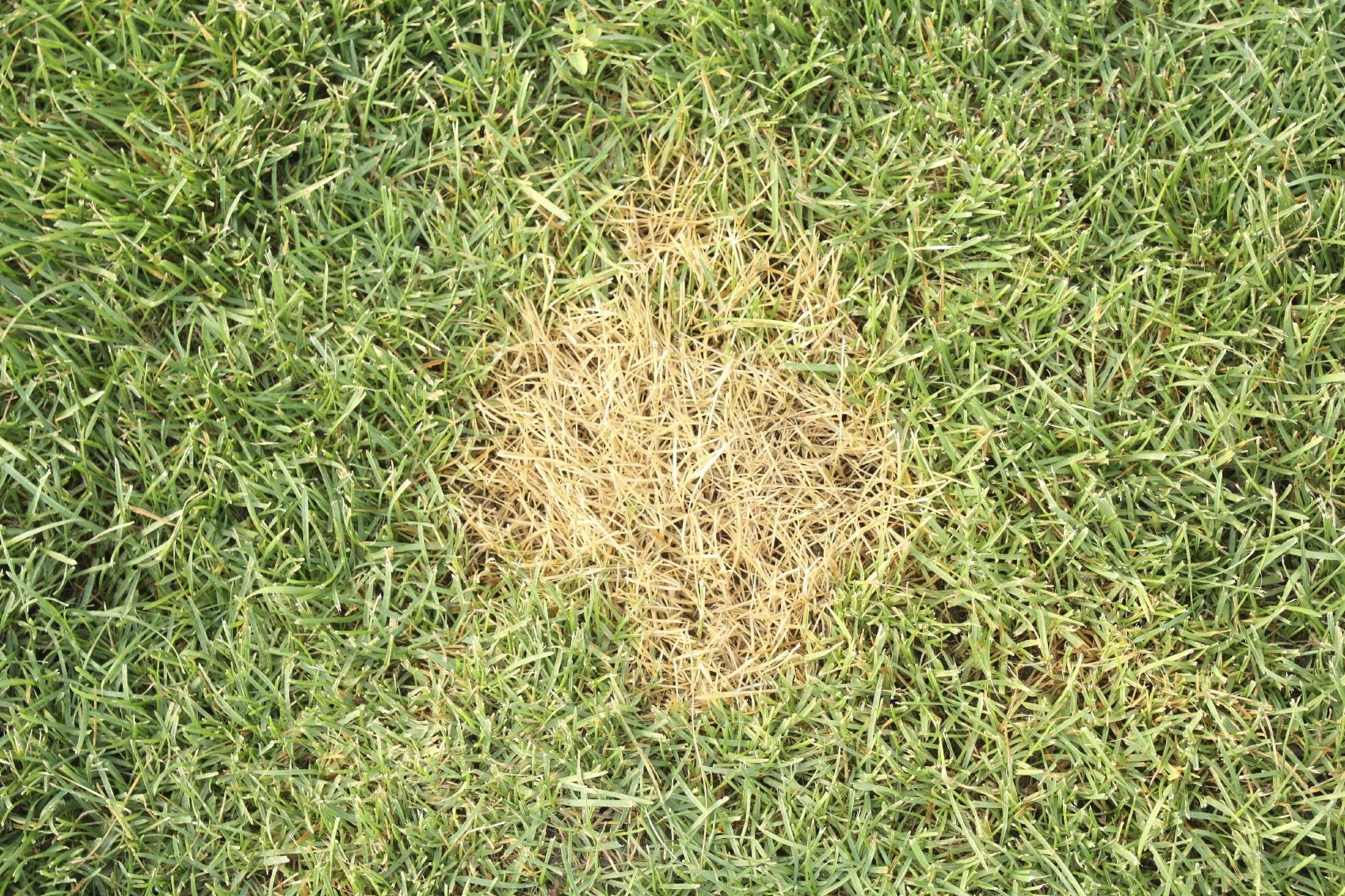

While we all dream of having a lush, green lawn this isn’t always the case. Brown and yellow spots and bald patches in your lawn may be due to lawn diseases. Keep reading to learn more about treating lawn diseases.
Controlling Lawn Problems
Most common grass diseases are caused by fungi. Although many of the different types of diseases look similar, the basic control measures are the same:
- Prevent the disease from spreading by keeping the grass in the affected area short.
- Remove the clippings, but don’t rake them across the lawn where they can infect other areas.
- Clean lawn care equipment before moving onto other parts of the lawn.
The steps outlined below helps build a strong lawn that resists most types of turf diseases:
- Choose a turf grass recommended for your area and always choose the most disease-resistant variety.
- Level the lawn to get rid of low areas where water might stand.
- Test the soil every five years and follow the test recommendations.
- Follow a regular fertilization schedule when fertilizing grass.
- Keep your mower blades sharp and remove no more than one-third of the blade length every time you mow. Don’t mow wet grass.
- Aerate your lawn every other year so that oxygen and nutrients can reach the turf grass roots.
- Remove thatch when it becomes more than 1/2 inch (13 mm.) thick.
- Keep the lawn free of leaves and debris.
- Water grass deeply but infrequently to encourage deep roots. Watering early in the morning allows the water to evaporate during the day. Wet grass overnight encourages disease.
- Watch for problems so you can head them off before they become serious.
Lawn disease control is challenging, but good lawn care practices go a long way toward preventing them from taking hold in the lawn. These lawn care steps can help you stop lawn diseases before they become a problem.
Identifying Common Lawn Diseases
Controlling lawn problems is easier if you can identify the specific disease, but identification can be difficult because so many diseases look alike. To make matters more confusing, lawn diseases resemble other problems such as dog urine spots, over or under fertilization, over or under watering, too much shade, and dull mower blades. Large brown spots in the lawn can indicate brown patch disease or anthracnose. Brown patch spots are usually circular, while anthracnose spots are irregular. Spots about the size of a silver dollar indicate dollar spot. Bluegrass develops spots caused by Fusarium blight during hot, dry weather. Cool-season grass can develop Fusarium patch or snow mold after cool weather or snow melt. It can be gray or pink, depending on the type.
Gardening tips, videos, info and more delivered right to your inbox!
Sign up for the Gardening Know How newsletter today and receive a free copy of our e-book "How to Grow Delicious Tomatoes".

Jackie Carroll has written over 500 articles for Gardening Know How on a wide range of topics.
-
 Zinnias On Repeat: 10 Glorious Cut-And-Come-Again Varieties For Endless Summer Bouquets
Zinnias On Repeat: 10 Glorious Cut-And-Come-Again Varieties For Endless Summer BouquetsThese zinnia varieties keep giving all summer, making them the perfect choice for dedicated cutting gardens – or just the occasional homegrown bouquet.
By Ellen Wells
-
 Create A Romantic Garden Straight Out Of Bridgerton: Regency Era Romance In Your Garden
Create A Romantic Garden Straight Out Of Bridgerton: Regency Era Romance In Your GardenTry some romantic garden ideas straight out of Bridgerton. Flowers and gardens in the Regency era were lush and charming and you can get the same look!
By Bonnie L. Grant
-
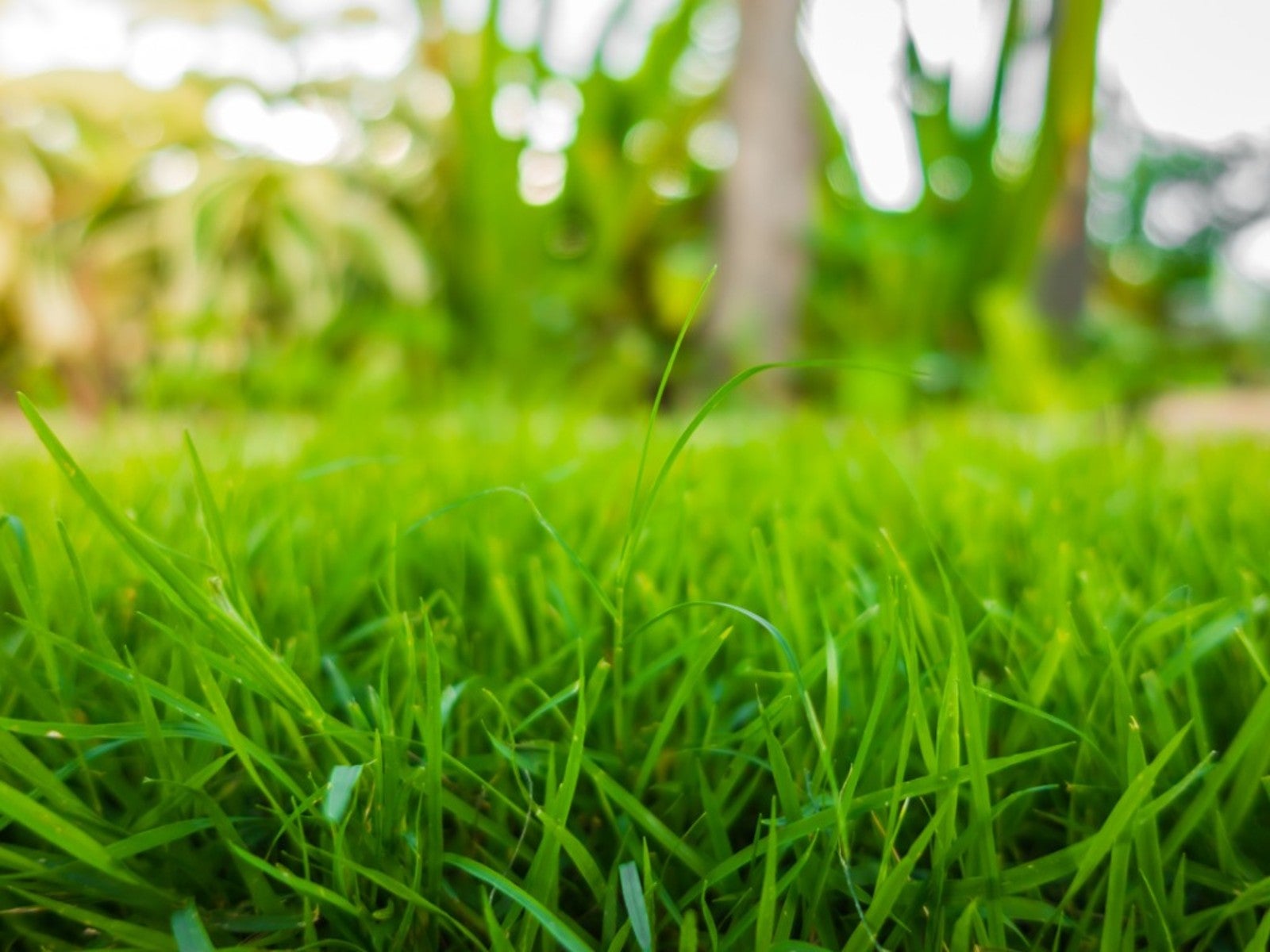 Sustainable Turf Species For A Greener Lawn
Sustainable Turf Species For A Greener LawnClick here for some of the most sustainable types of turf grass you can grow for an eco-friendly lawn.
By Bonnie L. Grant
-
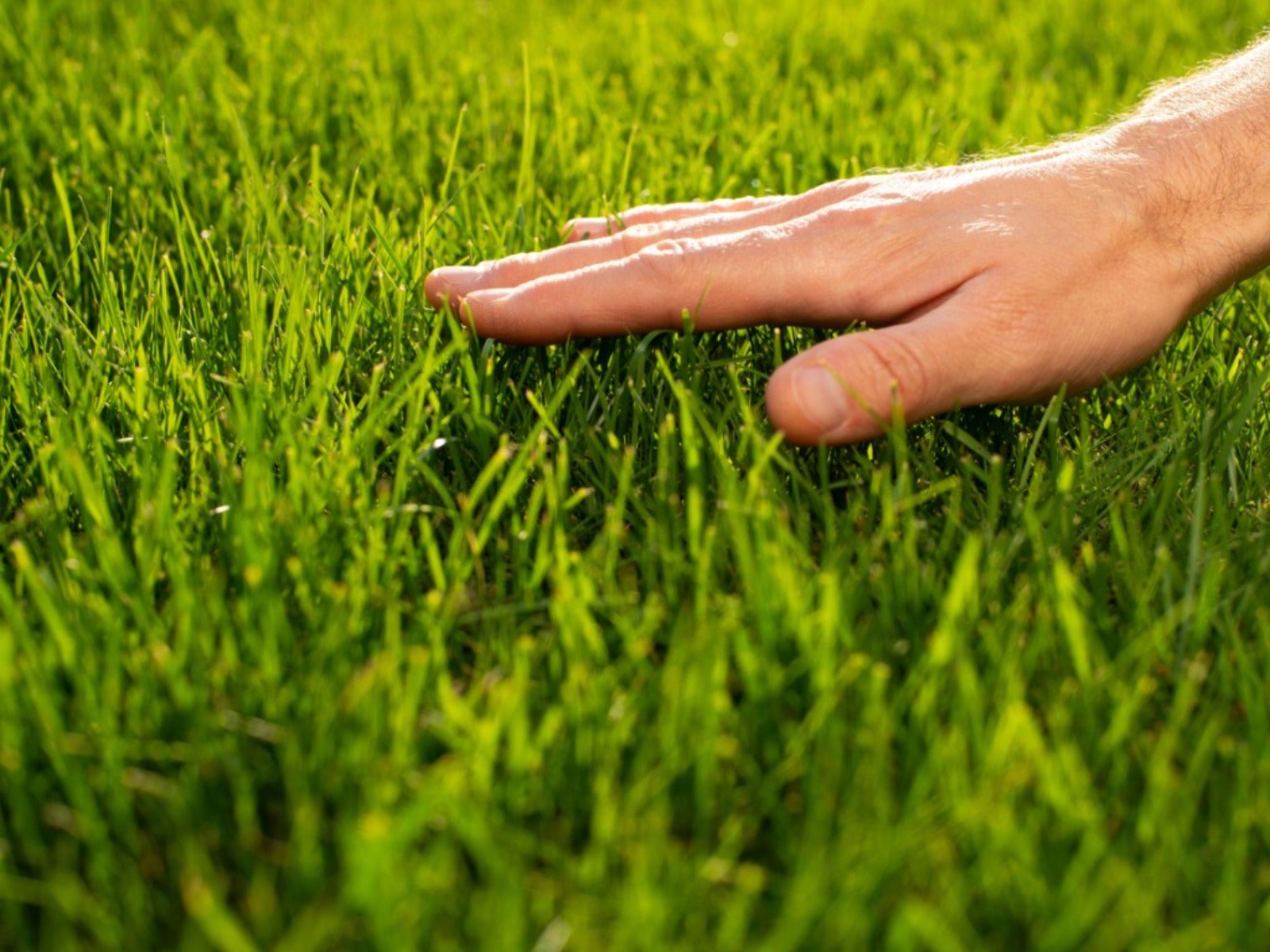 How To Grow A Sustainable Lawn
How To Grow A Sustainable LawnAdjust your thinking about a perfect green lawn and consider more sustainable methods. Click here to learn how.
By Mary Ellen Ellis
-
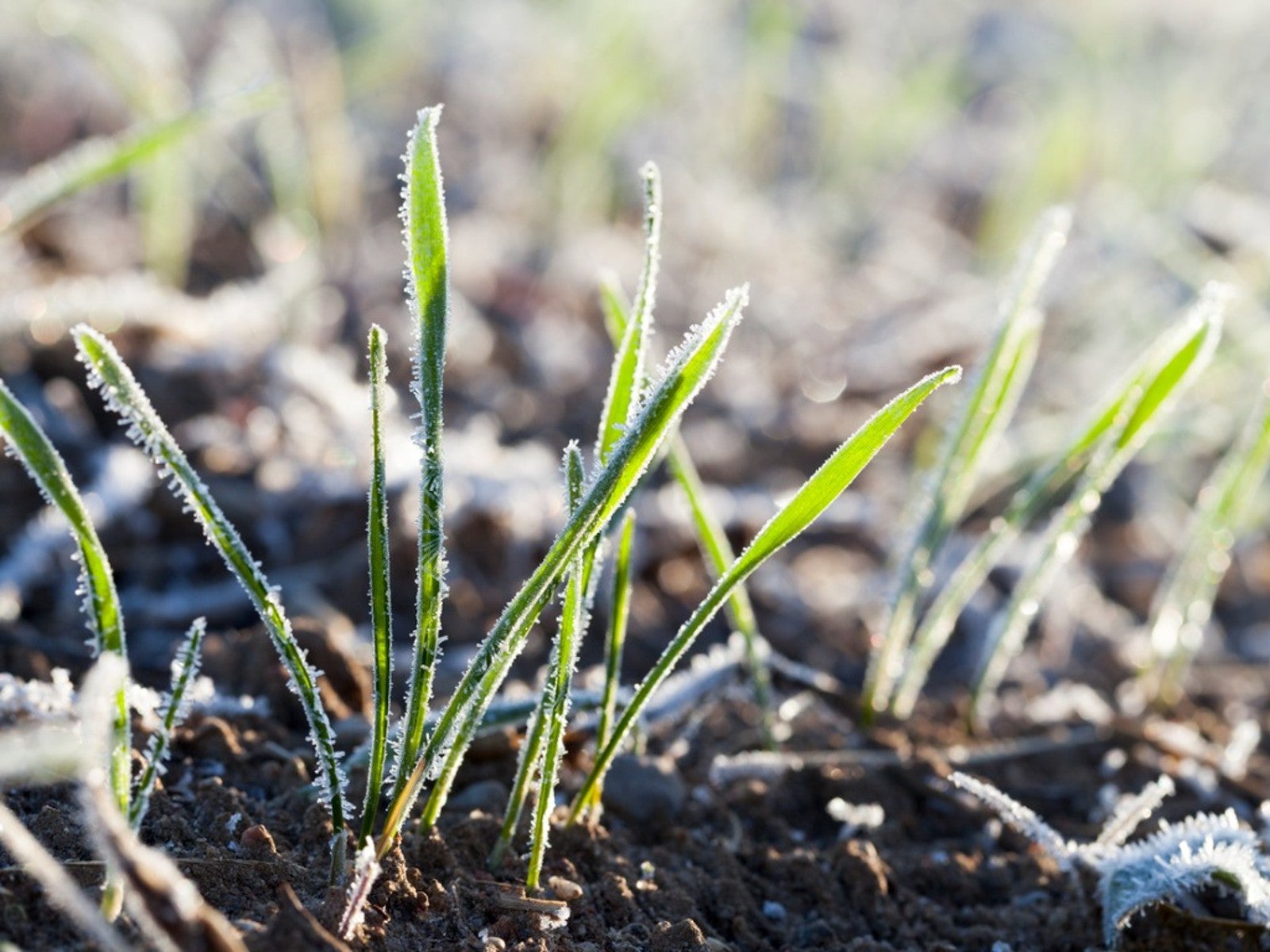 Will Frost Kill Grass Seed And How To Help New Turf Survive
Will Frost Kill Grass Seed And How To Help New Turf SurviveLearn how to help your newly sown grass survive frost and freezing weather.
By Amy Grant
-
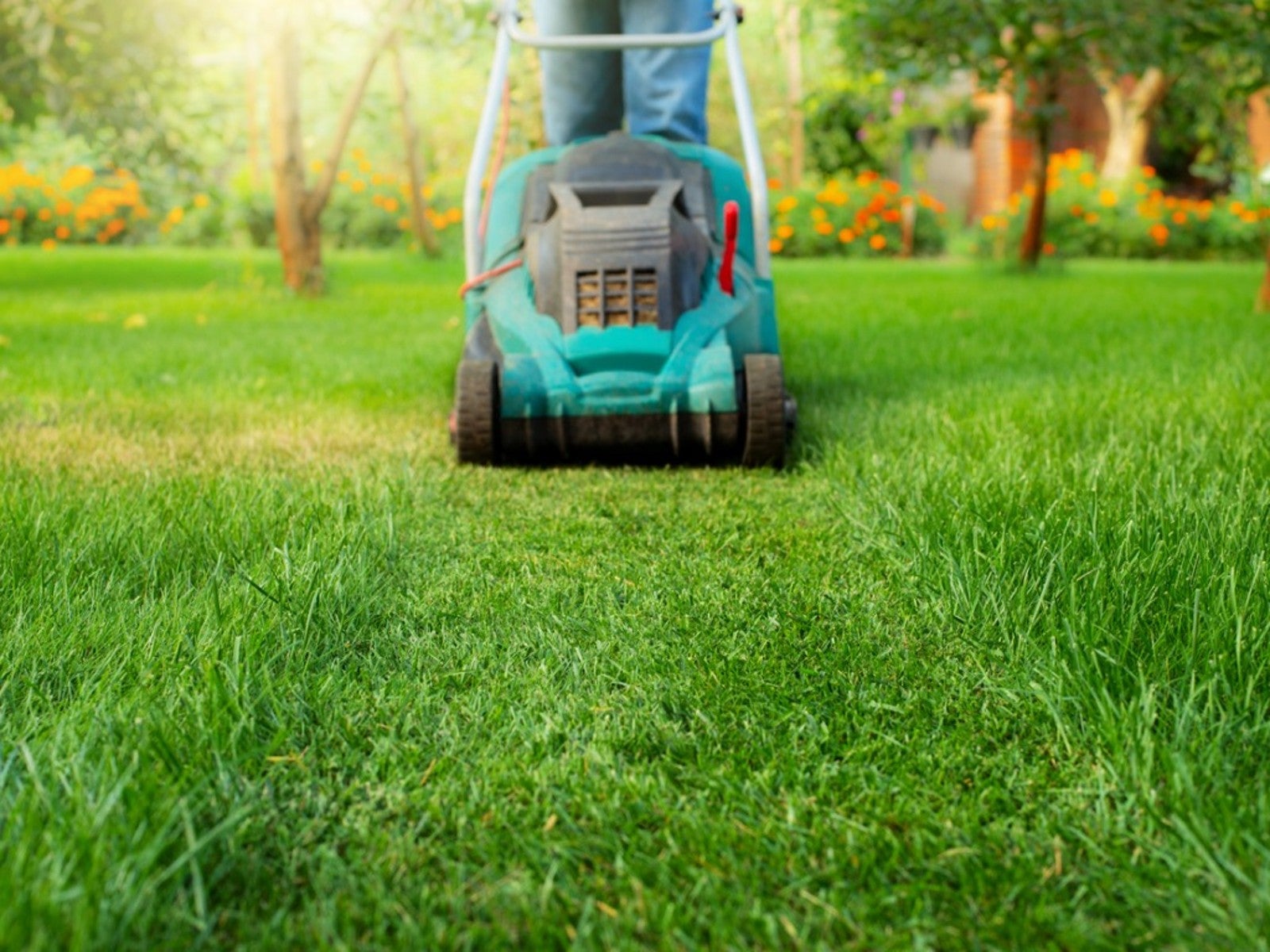 Lawn Problems That Aren’t Really Problems
Lawn Problems That Aren’t Really ProblemsYour lawn may not require as much work as you think. Learn which common problems aren’t really problems.
By Teo Spengler
-
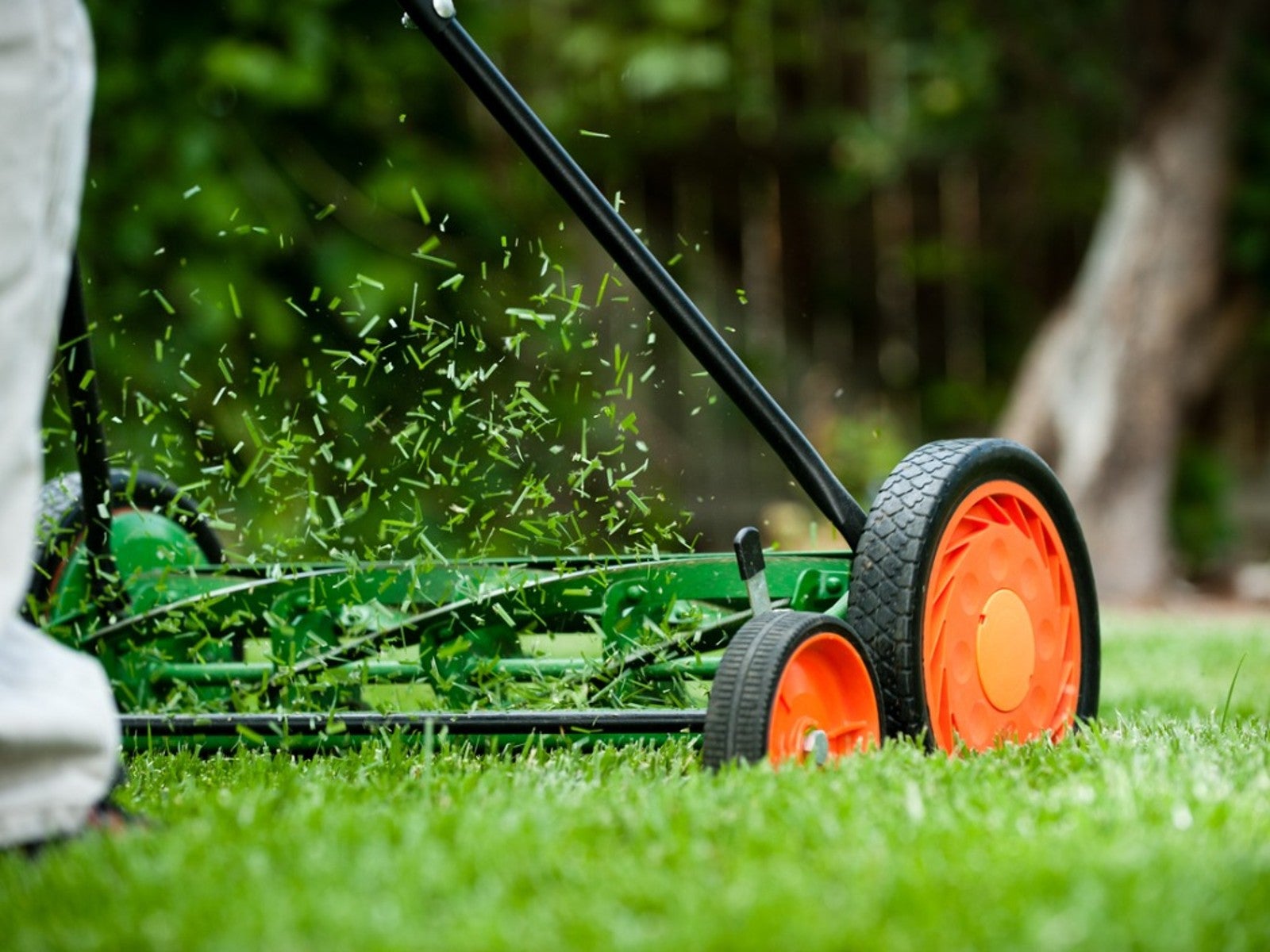 Why A Manual Push Mower Is Good For You And The Environment
Why A Manual Push Mower Is Good For You And The EnvironmentReel mowers are making a comeback, but why? Click here to learn about reel mower pros and cons.
By Amy Grant
-
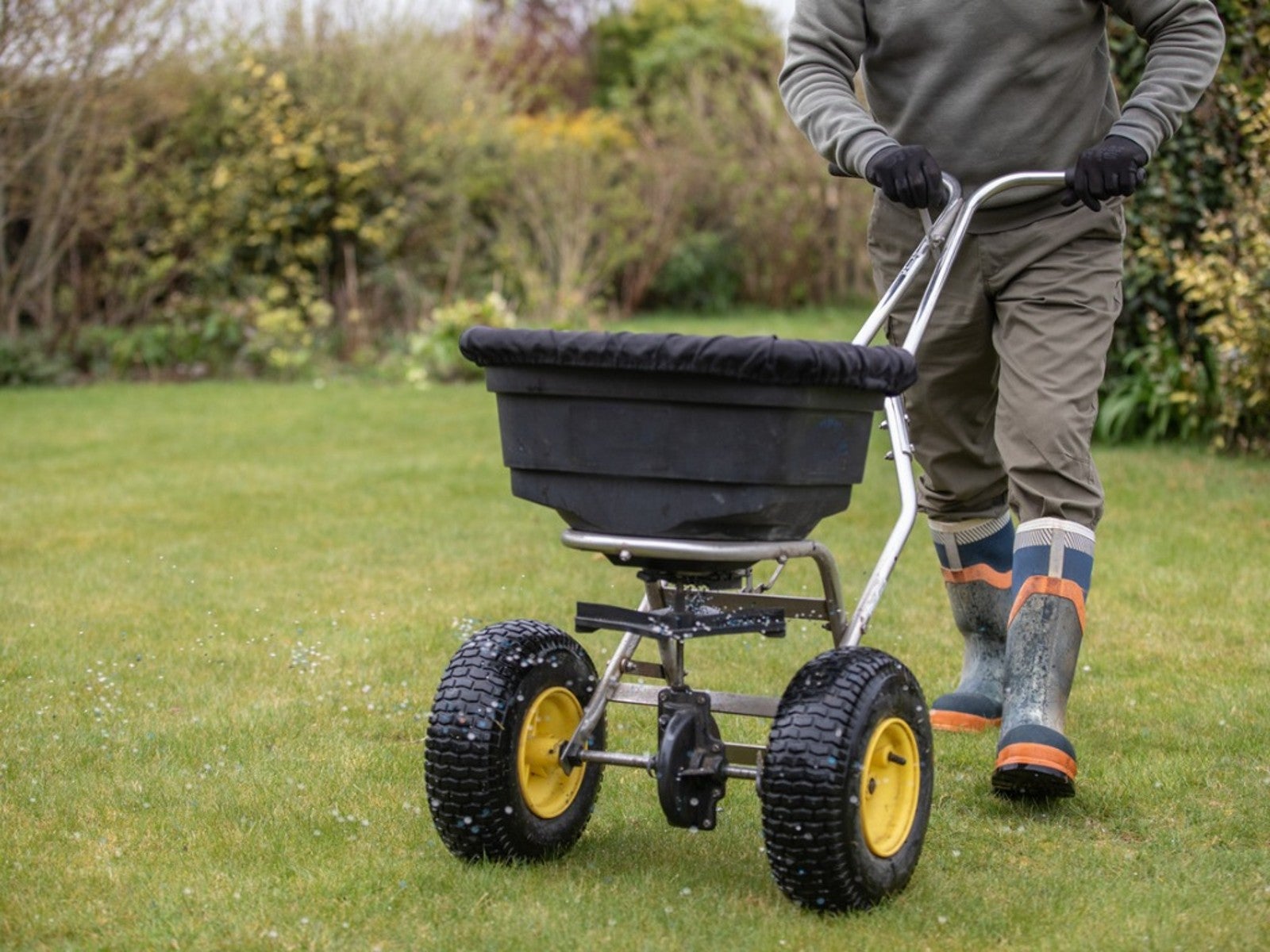 Fertilize Grass In Fall For A Lush Lawn In Spring
Fertilize Grass In Fall For A Lush Lawn In SpringFor everything you need to know about fertilizing your lawn in the fall, click here.
By Susan Albert
-
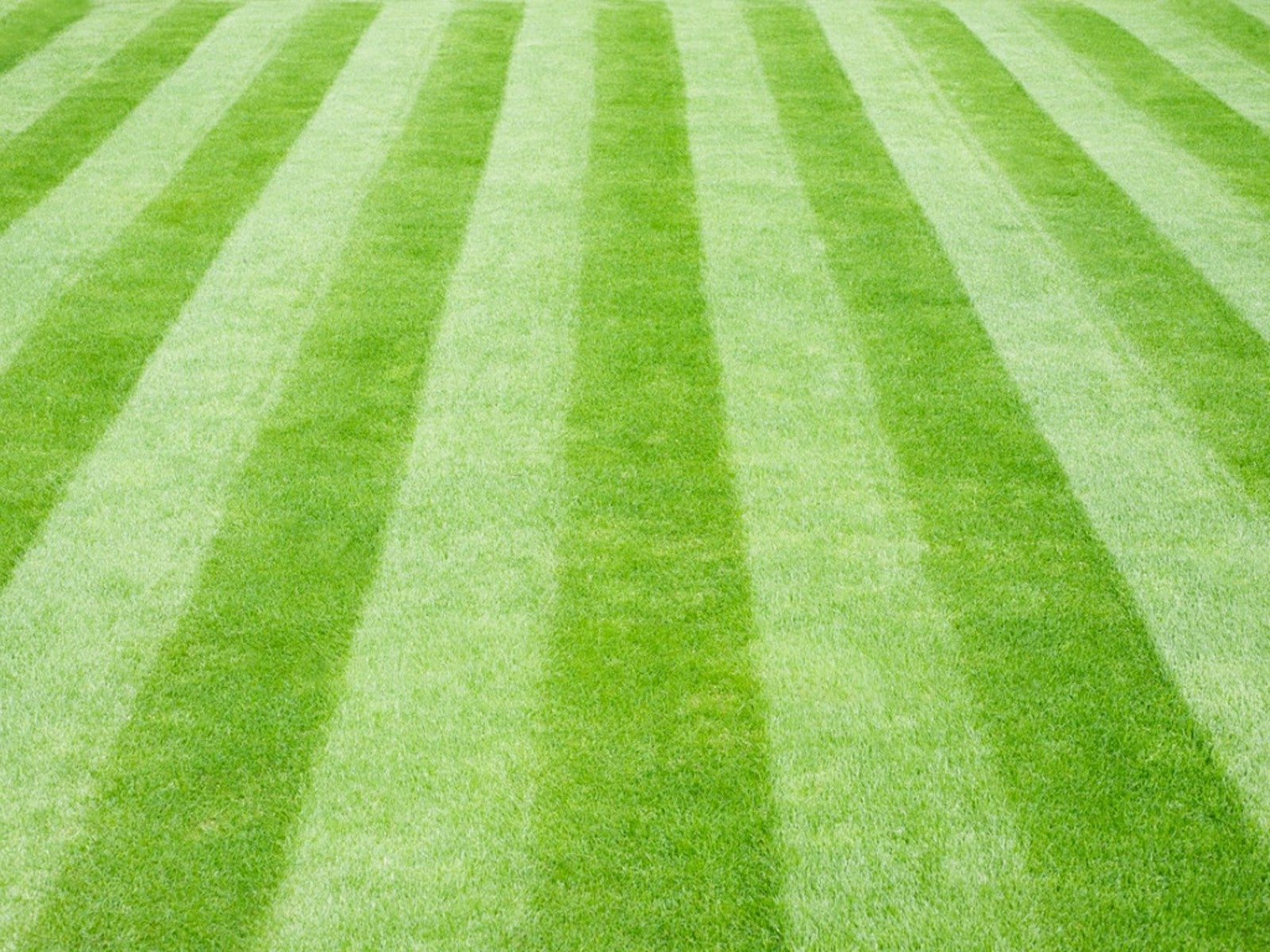 Tips For Mowing Stripes In Lawn
Tips For Mowing Stripes In LawnWouldn’t it be great to have stripes in your lawn like a sports field? Learn how here.
By Susan Albert
-
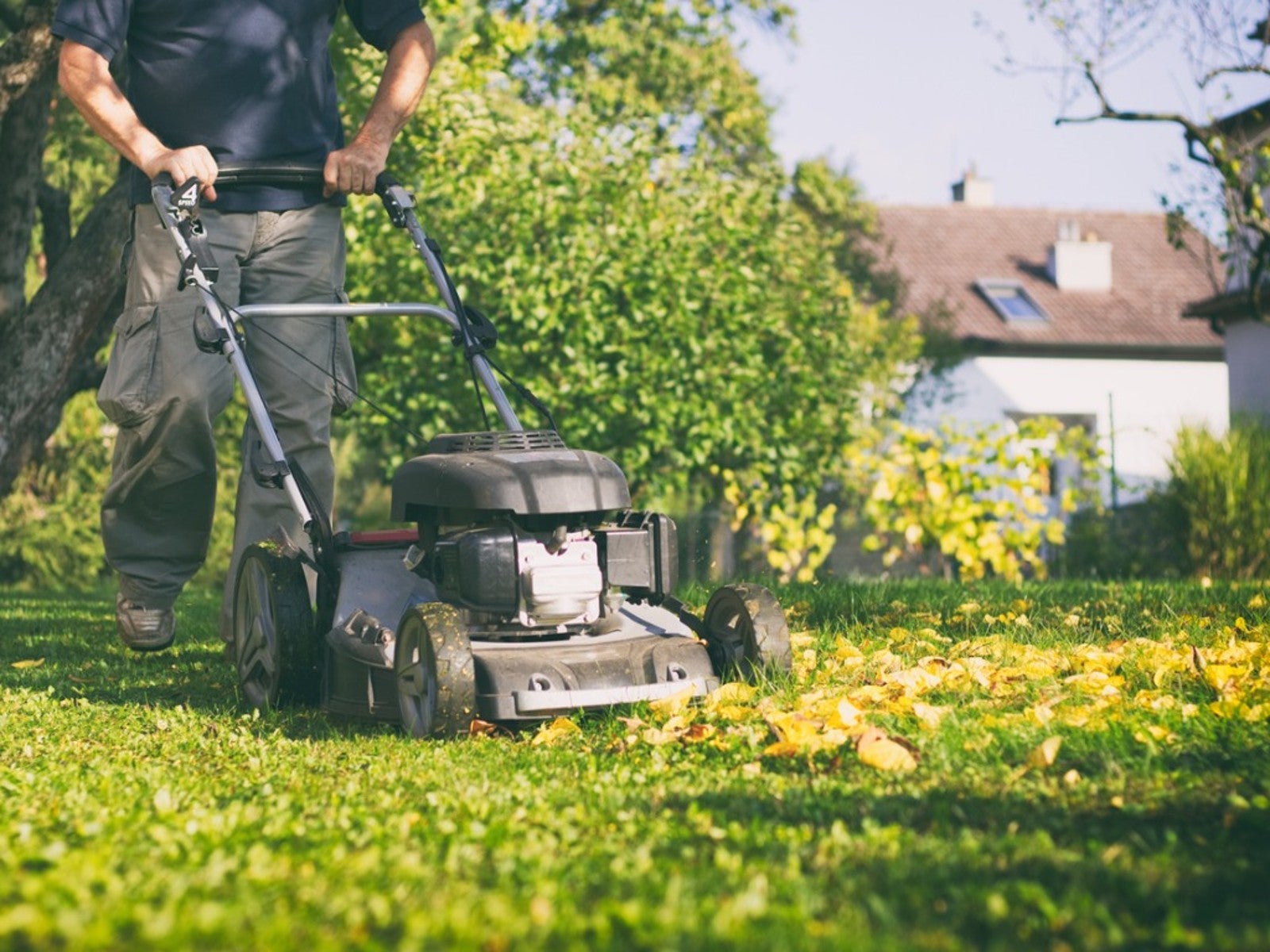 Late Summer Lawn Care Checklist
Late Summer Lawn Care ChecklistPlan to do some late summer care and maintenance of your lawn so it will be healthy and beautiful in the spring. Here are some tips.
By Laura Miller